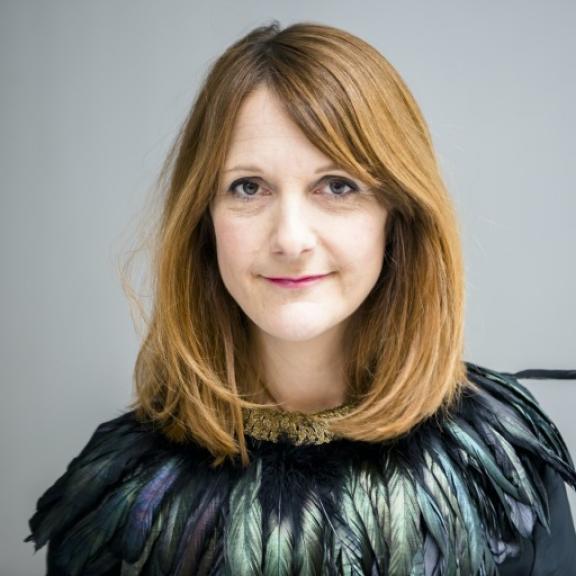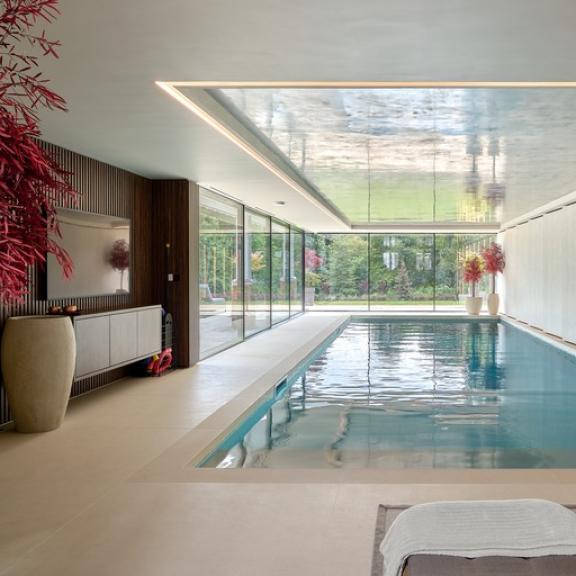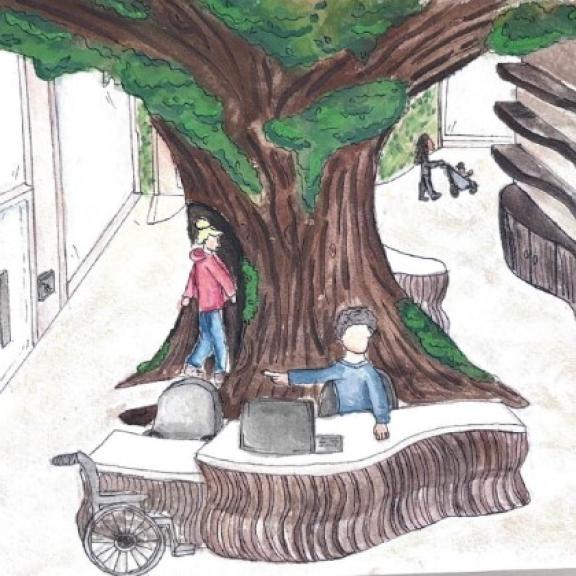What Makes The Perfect Client With Naomi Astley Clarke
The connection between designer and client can make or break a project. We asked Naomi Astley Clarke about the ideal relationship
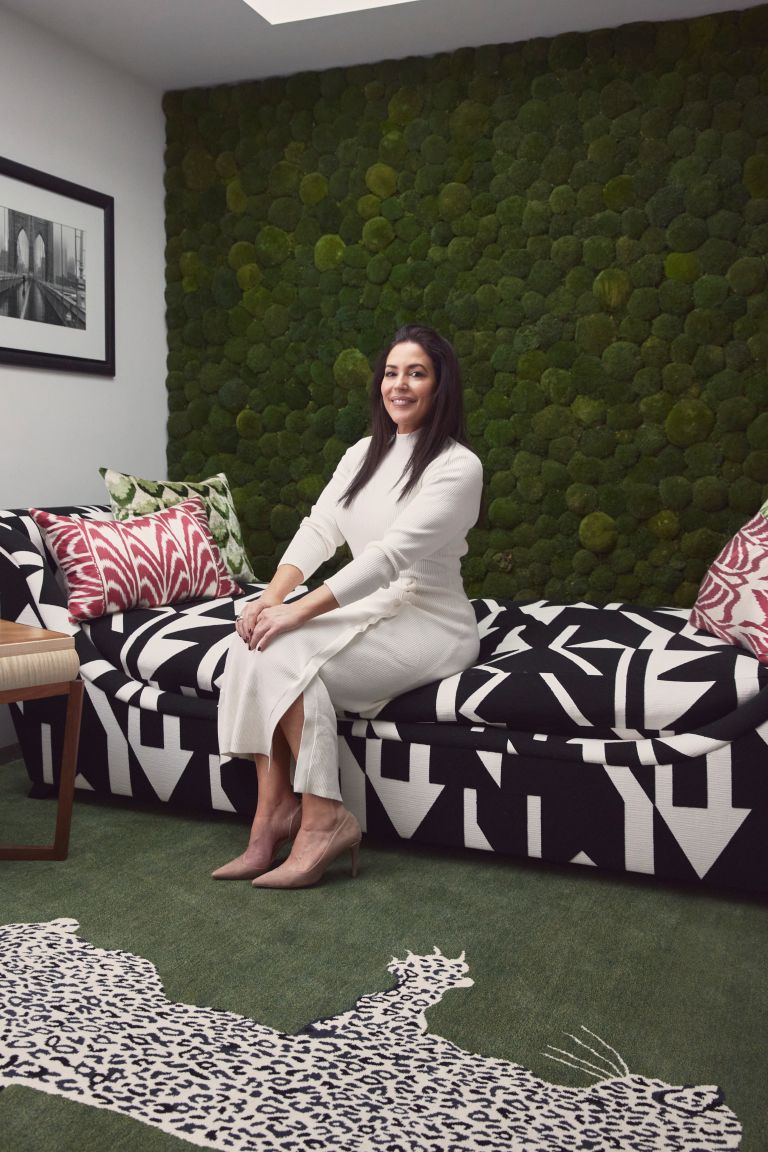
Our brand new series, Practice Made Perfect, explores aspects of the interior design process and how they can be made perfect. Each edition will feature a different BIID designer and their views on an ideal design process. This week, Naomi Astley Clarke explores the ideal client and designer relationship.
Established over 20 years ago, Naomi Astley Clarke’s eponymous London-based studio undertakes projects all over the world, ranging from country houses to boutique hotels and private jets. Naomi oversees an expert design team and the studio provides a dedicated personalised approach, creating the best experience for clients.
We took the opportunity to ask Naomi how she establishes and maintains the optimum relationship with clients and, from her point of view, what makes a client perfect. This is what she told us.
What are the elements of an initial consultation that make you think you will have a good working relationship with a client?
I think, as with any first meeting, people often get a feel for one another and almost immediately work out if there is a synergy.
What does a good brief from a client entail?
I love as much information as possible – right down to how many cutlery sets they have and what their shoe size is, or their children's school bag size. Everything is helpful. I also love hearing about people’s dislikes just as much as their likes – it is all info. We pretty quickly usually get right down to working out what the exact needs of the client are just through conversation and discussion.
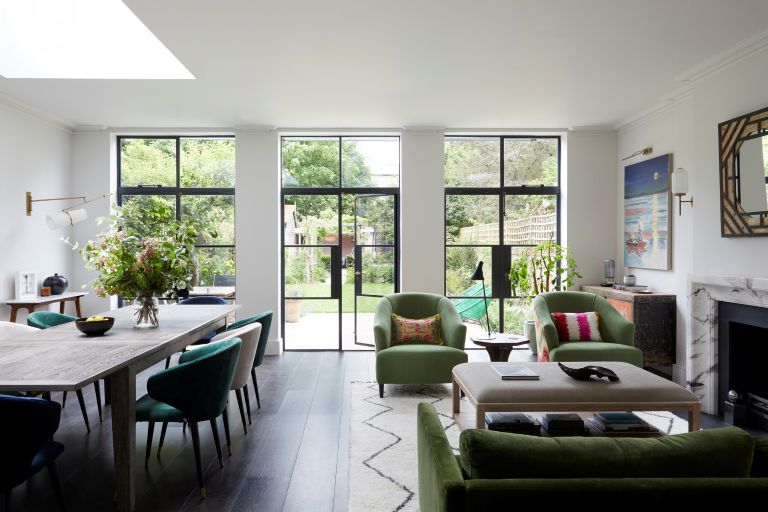
Is it best if a client already has a favoured style, or if they don't?
I think either/or. I love it when a client is very clear on what they want and I love it when they need guidance, too. I think ultimately even clients who say they don’t know what they like usually always actually do, they just don’t know how to articulate it. By showing many, many images and going through them with a client you quickly pick up their style whether at the outset they said they had one or not.
For the best working relationship should they appreciate your aesthetic?
Ultimately, of course, yes, it does help. However, we have worked on several projects where we have had little in common with the clients’ personal tastes but have still managed to produce exactly what they want. As a design studio we are not here to stamp our views onto people’s homes, we are here to help people realise their dream home, whatever that may be.
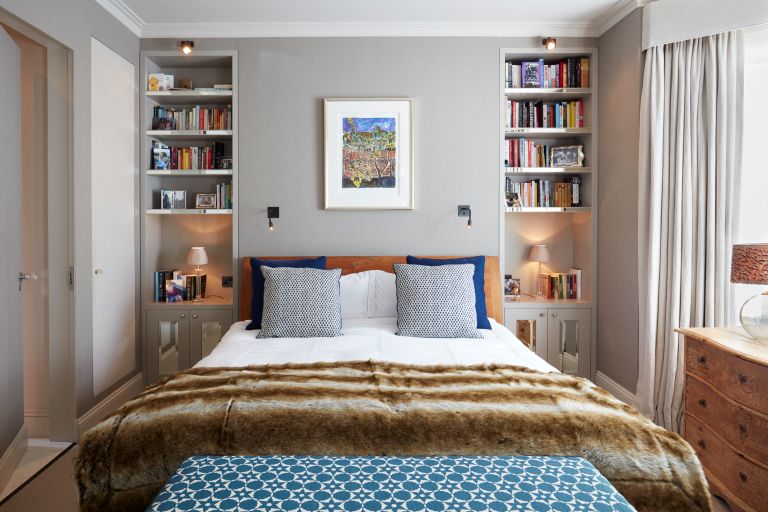
What works best when you're presenting your ideas: a client who can clearly say what they like and dislike, or one without such distinct preferences and responses?
I always make it as clear as possible when I am presenting that they must tell me if I have got it wrong or if they hate something I have come up with – it’s so important. I explain clearly that there is never any offence caused; my job is to try to get inside their head and work out what they want, and the only way to do that is to have clear yeses and noes. I make it very easy for a client to tell me when something isn’t right. Better to let me know at the outset rather than us carry on down a path in the wrong direction.
What should a client be able to tell you about how they live and use their home for the best relationship?
Absolutely everything! How they watch TV, how often they entertain, how often their kids have friends over, how they cook, if they cook! Absolutely everything. We always ask every conceivable question, and we don’t just think about how they use the house now, we think about the future too. The little toddler scuttling around now will, in a few years’ time, potentially be a 6ft rugby player who brings three equally giant friends home after school. We always plan for now and the future.
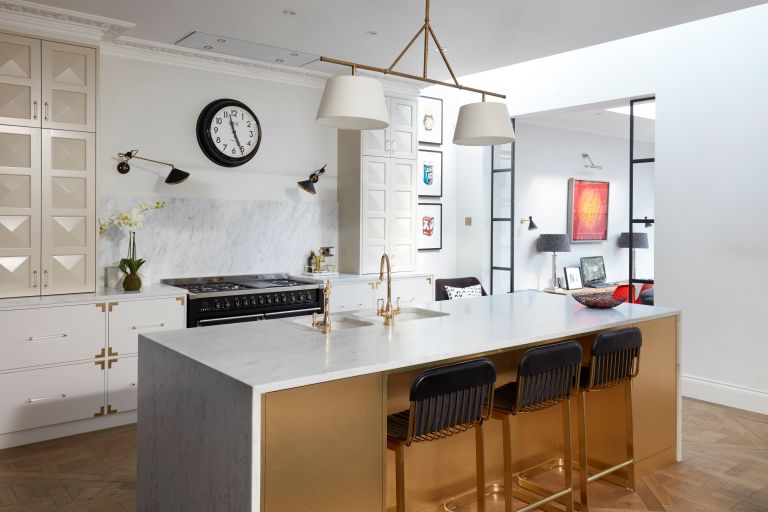
Is it important to your working relationship that clients have a good idea about what a project might cost?
We are absolutely crystal clear from the outset about how much something will cost and how any amendments will affect that. It is hugely important. There is never a worse phone call to have to make than to tell a client when it is too late that they can’t have something they wanted at the outset due to a cost implication. And we always factor in reserves.
How does the perfect client behave in terms of their presence, availability and decision making during the project?
I think it is the same as anything – whether you’re ordering at a restaurant or shopping at the supermarket. I am in the service industry and if a client is decent, timely and can make decisions without holding things up, then all will work well. I have from time to time taken on clients who treat me and my team with a lack of respect but the customer is always right, we crack on and we get the job done. When I am in the wrong, I am always happy to be told so and be given a chance to correct my mistake. Manners are key, and a human approach always works best.
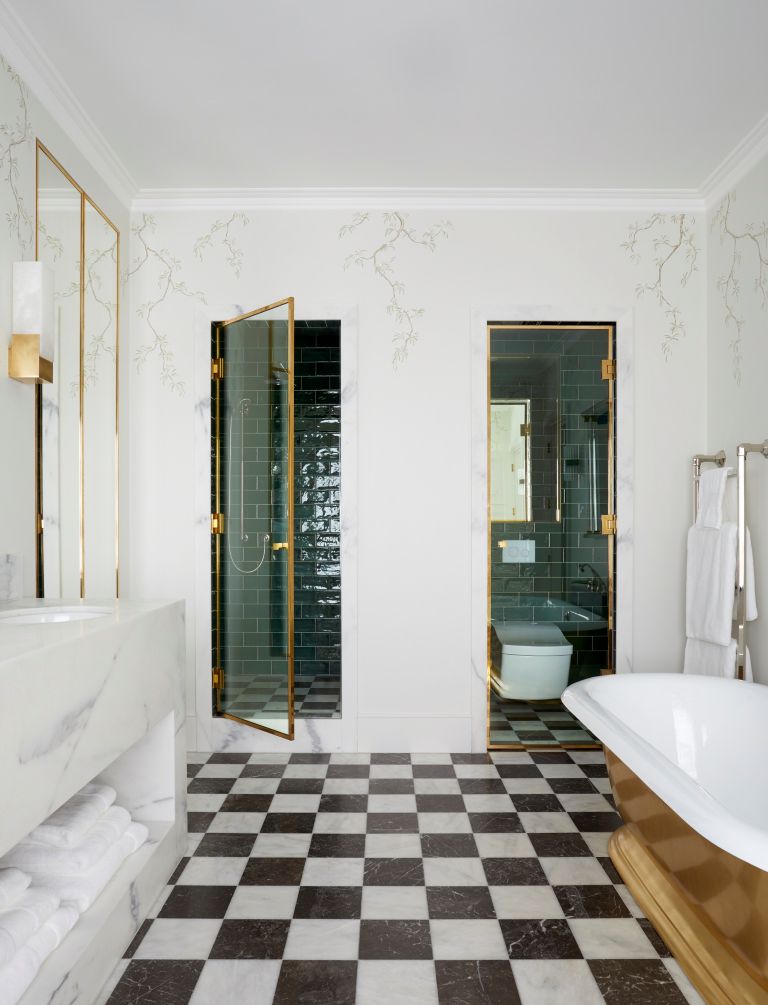
Are there any other factors that make for the best relationship between you and the client?
Several of my clients have become friends after a job is finished and I literally miss them having worked so closely together for so long. I suppose it is just like anything in life: if there is a spark then there is no stopping it.
Take a look at our designer Q&As with Charu Gandhi, Chloe Bullock, Susie Rumbold, Sophie Ashby, Sue Timney, Staffan Tollgård, Jenny Weiss and Helen Bygraves, Kelly Hoppen, Shalini Misra, Katharine Pooley, Brian Woulfe, and Christopher Dezille.
Explore new resources from the BIID. Seeing a padlock? Just login or become a member to view.
View the highlights from our 60th anniversary party
We asked Anna Burles: What makes the perfect software?
Discover the smart home technology awards with Platinum Partner, CEDIA
Explore the latest, member-exclusive, templates designed to make your life easier.
University of Gloucestershire wins the BIID Student Design Challenge 2025.


